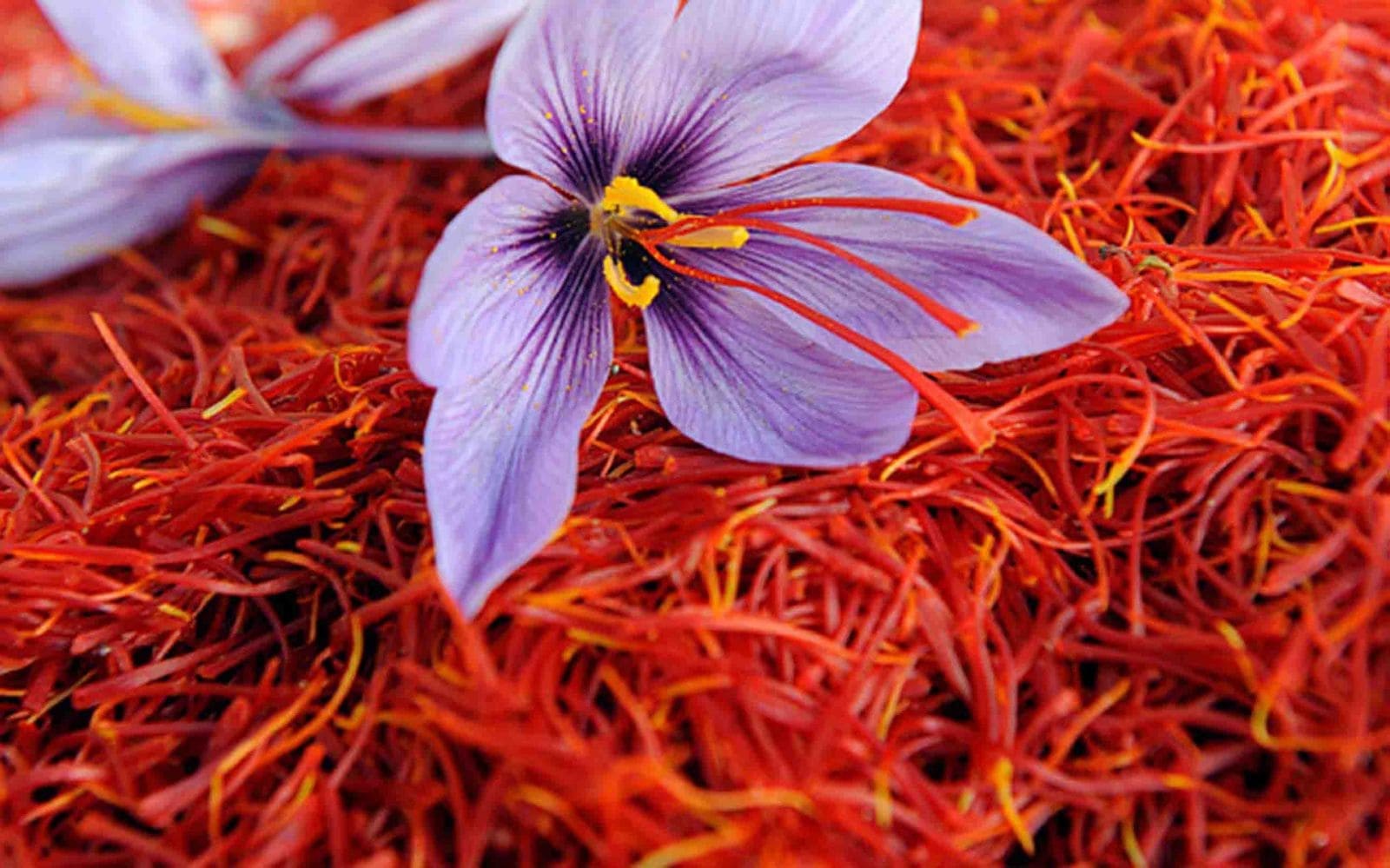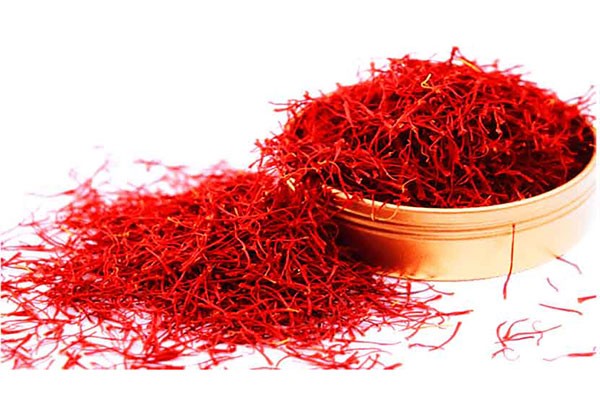A Step-by-Step Guide
Saffron is one of the most valuable spices in the world, often referred to as “red gold” due to its rich color and high price. Saffron farming can be a profitable venture, especially if done correctly. Whether you’re looking to start a small-scale farm or explore a new agricultural business, this guide will walk you through the essential steps of saffron farming.

Why Saffron Farming is a Good Investment
Before diving into the farming process, it’s important to understand why saffron farming is considered a great investment. Saffron is in high demand worldwide, especially in the culinary, cosmetic, and medicinal industries. It thrives in regions with specific climate conditions, making it an ideal crop for certain areas.
Moreover, saffron farming requires minimal maintenance once established, and the plants can last for years, providing a consistent source of income. However, like any agricultural business, success depends on knowing how to plant, cultivate, and harvest saffron properly.
Essential Steps in Saffron Farming
Starting a saffron farm requires careful planning and attention to detail. Here are the key steps you need to follow:
1. Choose the Right Location
Saffron thrives in regions with a dry and sunny climate. The ideal temperature for saffron farming ranges from 50 to 75°F (10 to 24°C). It’s crucial to select a location with well-draining soil and good exposure to sunlight. Saffron does not tolerate frost or excessive rainfall, so be sure to choose an area with minimal rainfall and proper irrigation systems.
2. Prepare the Soil
Soil preparation is a crucial step in ensuring the health and growth of saffron. Start by testing the soil for pH levels, which should ideally be between 6 to 8. Once the soil is tested, you can enhance it with organic matter to improve drainage. Saffron prefers loamy soil, rich in nutrients, and well-aerated for root growth.
You may also need to break up compacted soil and add compost to improve fertility. Make sure to weed the soil to eliminate any competition for nutrients.
3. Plant the Saffron Crocus Corms
The most critical part of saffron farming is planting the saffron crocus corms. Saffron grows from these corms, which are essentially the bulbs of the plant. The best time to plant them is in late summer to early fall when the temperature is still warm but not too hot.
Plant the corms about 4 to 6 inches deep and 6 to 8 inches apart in rows. Proper spacing allows the plants to spread and thrive without competing for resources. After planting, water the soil thoroughly, but ensure there is no waterlogging, as saffron is sensitive to excessive moisture.
4. Watering and Care
Once the saffron crocus corms are planted, they require minimal watering. The plants only need water when the soil is dry. Saffron is highly drought-resistant, but it’s crucial to water the plants during flowering and growth periods.
You should also ensure that your farm is protected from weeds, as they can compete with saffron plants for water and nutrients. Regularly monitor the soil moisture levels and remove any weeds to ensure healthy growth.
5. Harvesting the Saffron
The best time to harvest saffron is in autumn, usually around October to November. During this time, the saffron crocus flowers will bloom. Hand-picking the delicate red stigmas from each flower is the most labor-intensive part of saffron farming, but it’s also the most rewarding.
Each flower produces only three stigmata (the saffron threads), and it takes about 150,000 flowers to make one pound of saffron. After harvesting, the stigmata must be dried carefully to preserve their quality and potency.
Final Thoughts: Tips for Successful Saffron Farming
Starting a saffron farm can be a highly rewarding venture, but it requires dedication and careful attention to detail. By choosing the right location, preparing the soil, planting the corms correctly, and managing water and care, you can establish a successful saffron farm.
With the increasing demand for this precious spice, saffron farming offers a lucrative opportunity for those willing to invest the time and effort needed to succeed. Keep in mind that while saffron farming does require patience, it can be highly profitable in the long run.
https://saffronexporter.com/saffron-drink-menu/822/






